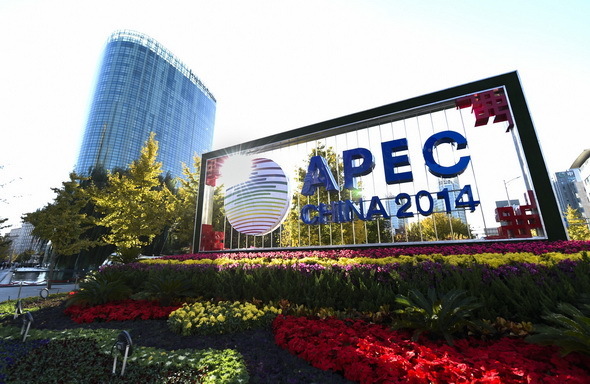PPP model and its impact on APEC
- By Yu Ning
 0 Comment(s)
0 Comment(s) Print
Print E-mail China.org.cn, November 11, 2014
E-mail China.org.cn, November 11, 2014
Whether it is in terms of the infrastructure that we need for economic growth or declining fiscal revenue in the world's second-largest economy, China has a significant development deficit to address.
|
|
|
China is trying to build up a China PPP Center to improve the establishment of PPP networking in the APEC region, and many other APEC members have similar plans. |
Concerns have spread over the ability of the Chinese government to pay back what it owes. In fact, not only China, but other developing and developed countries in the Asia-Pacific region, have to manage the difficulties of ever-increasing infrastructure expenses and a shortage of funds.
To deal with this bottleneck, I believe this is where "public-private partnerships," or PPP, could come into the picture, offering opportunities to boost economic growth and bring the bulk of China's and the region's population into the economic network.
Earlier this year, the Ministry of Finance released its first ever estimate of investment in urban infrastructure construction and showed a great interest in introducing the PPP model, since the ministry's current fiscal model is not able to cover the huge costs of infrastructure projects.
According to the ministry, China will require about 42 trillion yuan (US$6.75 trillion) of investment in infrastructure construction over the next seven years, driven by rapid urbanization. "The PPP model must be actively promoted so as to encourage social capital to participate in public products and public services while earning reasonable returns," the ministry said.
In fact, PPP is not new to China. It was first introduced as early as the 1990s, but it was not given prominence in earlier government plans. Government funds will still dominate the infrastructure sector, but this new urban development plan provides a good chance to use the PPP financing model in China, especially since the government is trying to manage a massive US$3 trillion in local government debt, much of which was incurred by local government financing vehicles to fund infrastructure and real estate projects.






